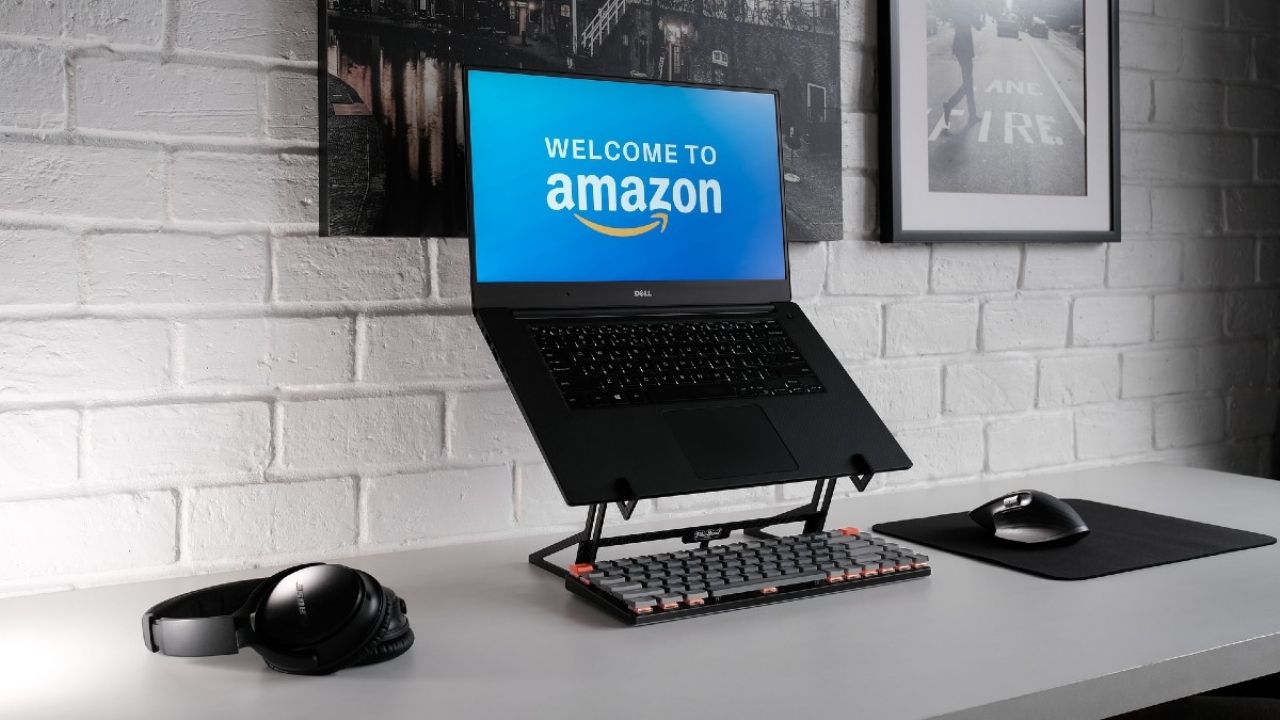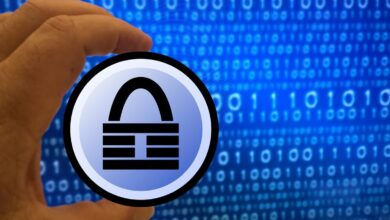
Regarding RAM memory, by default we have 8GB DDR4 ECC SODIMM RAM, but we have a total of two RAM memory slots, therefore, we will have a maximum RAM capacity of up to 32GB (2 x 16GB DDR4 ECC SODIMM). Remember that if you are going to expand the RAM of this equipment, you must buy the Synology RAM so that it is 100% compatible and does not have any type of compatibility problem.
Storage
This equipment has a large storage capacity, we have a total of 8 bays to accommodate 3.5” HDDs, 2.5” HDDs and also 2.5” SSDs. Thanks to all these bays, we could combine the great storage of hard drives, and the random read and write speed of 2.5 “SSD drives. A very important feature is that we have the possibility of connecting up to two Synology DX517 expansion units to have up to 10 additional bays.
This model also includes two M.2 NVMe 2280 slots to use it as an SSD cache, or use it as the main storage pool if we use SSD drives from the manufacturer Synology. Thanks to this feature, we can further accelerate the reading and writing speed of the NAS, perfect for getting the most out of its connectivity. If you install virtual machines or Docker containers on these drives, you will ensure that you have great performance in all aspects.
connectivity
This NAS has really complete connectivity. The Synology DS1823xs+ has two Gigabit Ethernet ports for the LAN with support for Link Aggregation or also failover, an important aspect is that we do not have support for Jumbo Frames at 9K, the MTU must be the default. we also have one 10GBASE-T Multigigabit port, thanks to this port we can make the most of the storage capacity, as well as the acceleration of the SSD cache that the equipment provides us. One aspect to highlight is that we have one Gigabit Ethernet port for management tasksIn this way, we can connect this port to a switch port and in the management VLAN for exclusively administration tasks.
The rest of the ports of this equipment are the following:
- One 5Gbps USB 3.2 Gen 1 port on the front of the NAS.
- Two 5Gbps USB 3.2 Gen 1 ports on the back of the computer.
- 2 eSATA ports for connecting Synology expansion units.
In addition to the connectivity with the Ethernet, USB and eSATA ports, we also have a PCIe 3.0 x8 port that really has a bandwidth of PCIe 3.0 x4, this expansion port can be used to connect an additional Multigigabit expansion card and even for 25G with fiber.
OS
He operating system of this NAS is the same DSM 7.1.1 As always, we have the possibility to manage storage very efficiently, we can configure different types of RAID to create data volumes, we also have at our disposal a large amount of additional software that we can install through the official application store . Much of this software is proprietary to Synology such as Synology Photos, Surveillance Station, and other software that is not proprietary to Synology, but is validated to work perfectly on the device.
In the case of not having a specific application, we can always perform complete virtualization of operating systems and even install Docker to install almost any application. Our recommendation is that if the app you need does not exist in the official app store, use Docker to install all the apps you need.
Thanks to the stability of Synology’s DSM operating system, our data will always be safe in small and medium-sized companies, in addition, we have the great community behind it, we can find the solution to the vast majority of problems that we may encounter.
Unboxing and first impressions
At RedesZone we have had the opportunity to test this Synology DS1823xs+ in depth, we have recorded a complete video where we explain both the characteristics of the equipment, the contents of the box, as well as the storage assembly process (hard drives, 2-inch SSD drives, .5” and also M.2 NVMe drives) and where the RAM is located in case you want to increase it up to a maximum of 32GB DDR4 ECC. Here is the complete video:
Soon we will offer you a complete analysis of this high-performance NAS server, we will show you all the secrets of this equipment and we will also test the real performance in different speed tests, for example, using different types of RAID, with and without acceleration. cache, and also the speed of its USB ports among other very interesting performance tests to know if this NAS is powerful enough or not.



